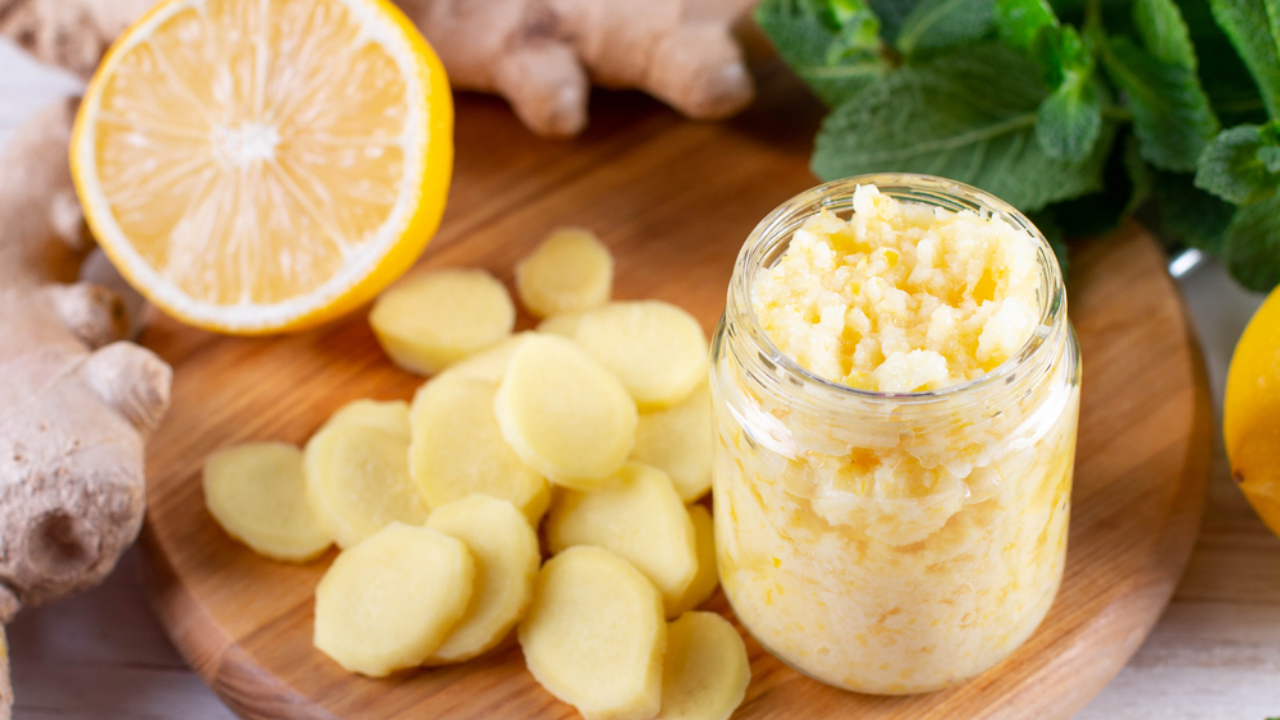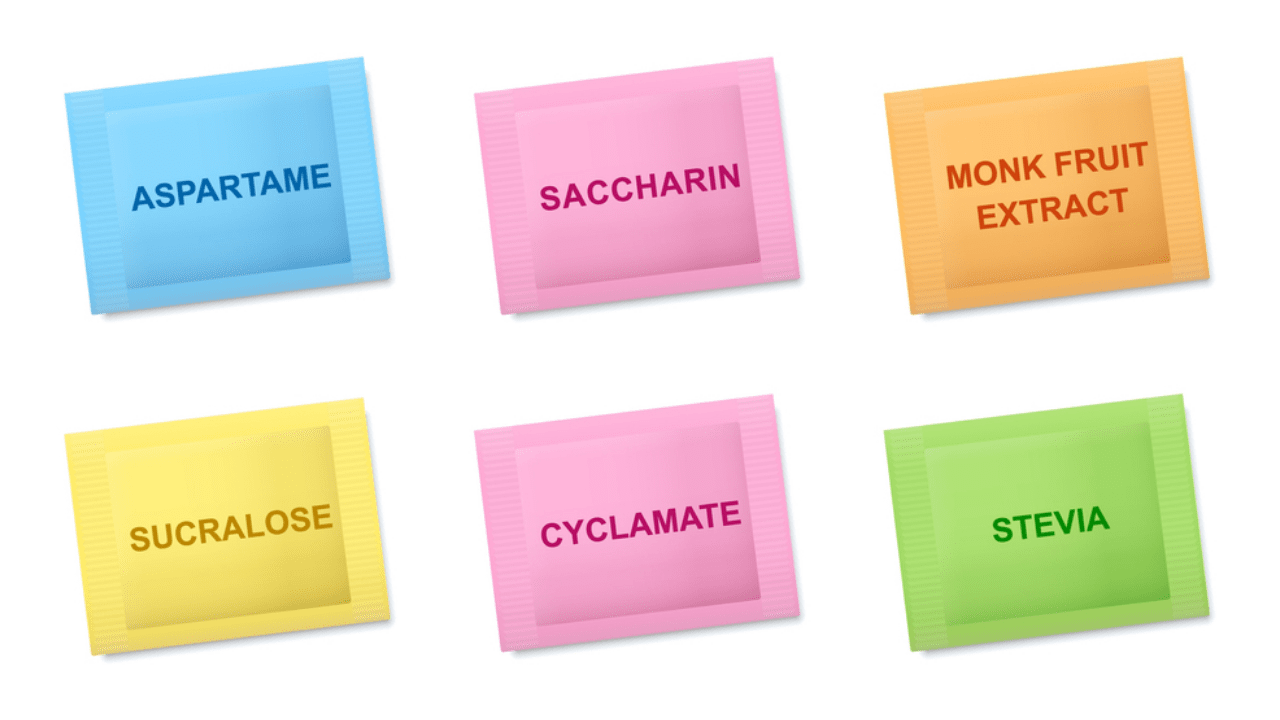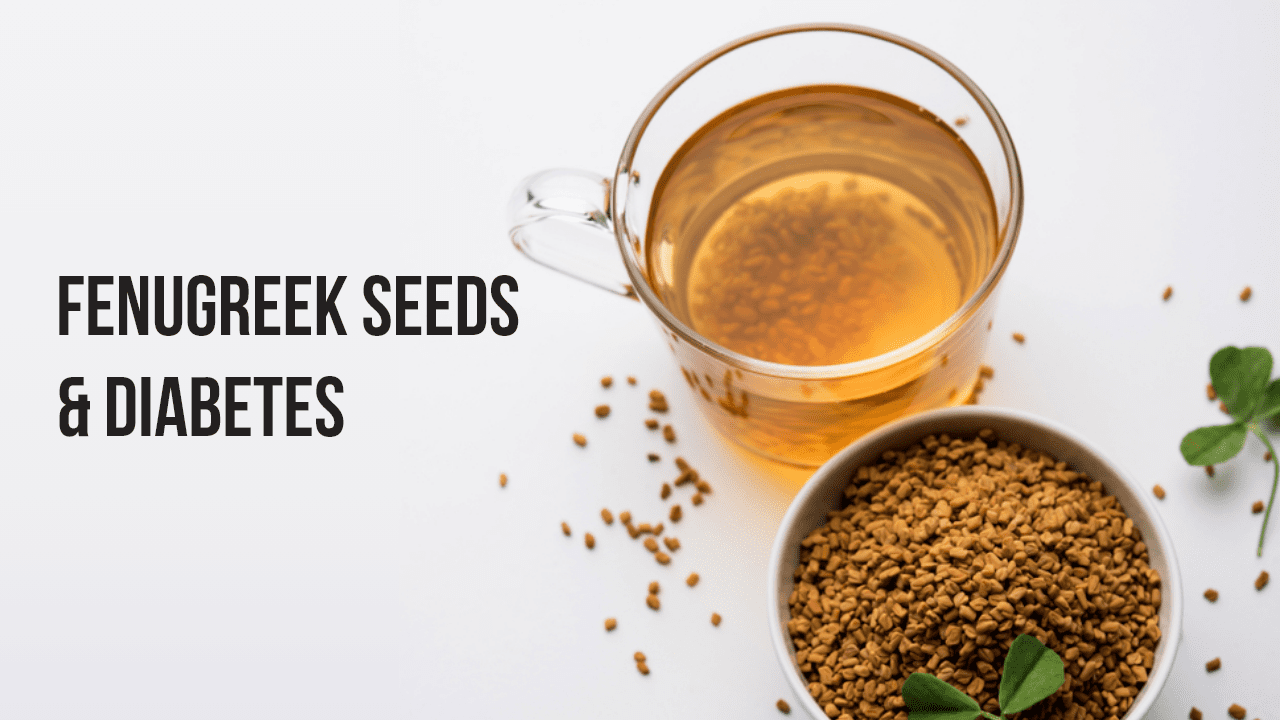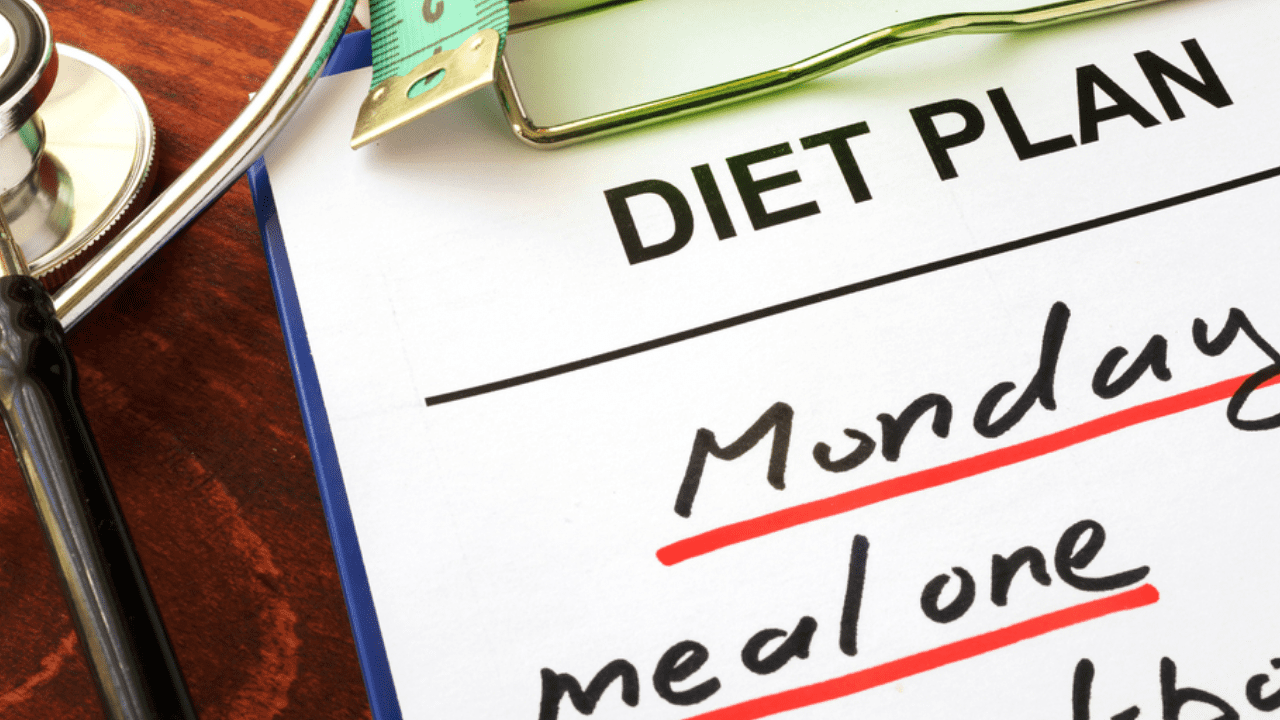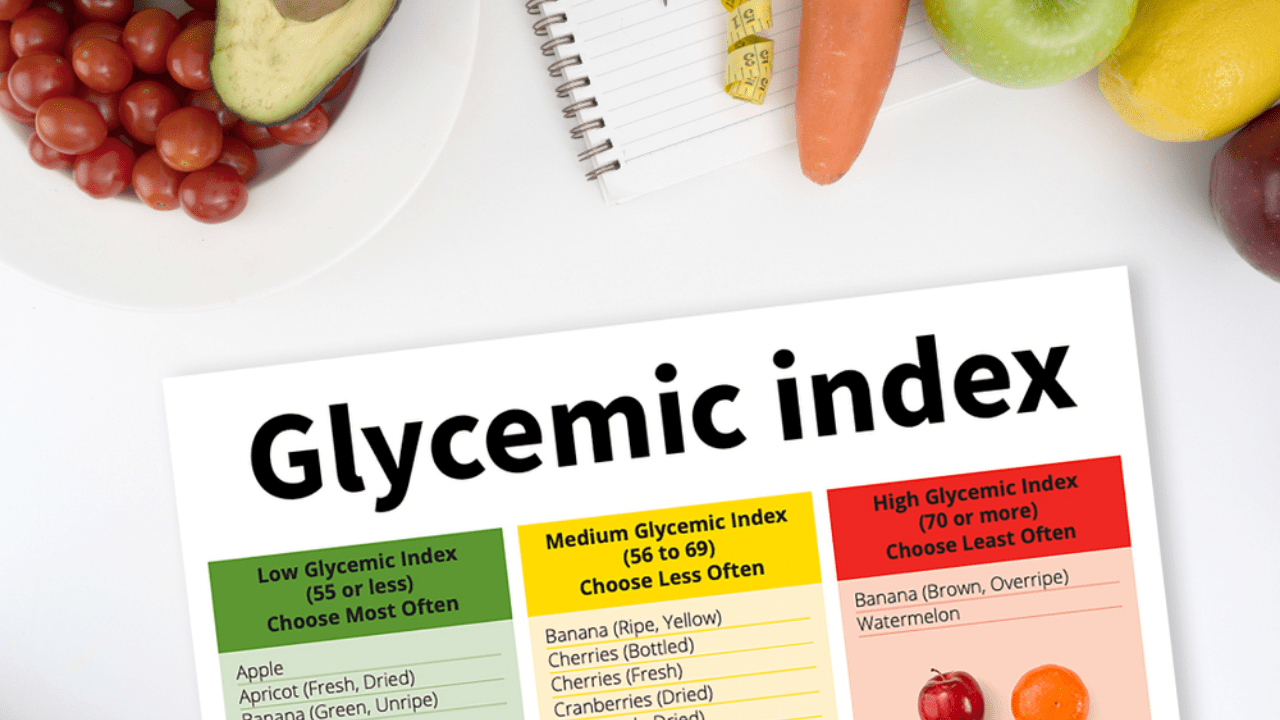
You must have often come across the word "Glycemic index" & surely thought about how is it related to Diabetes Mellitus.
The first thing we need to keep in mind is that the glycemic index majorly focuses on carbohydrate-containing foods such as cereals, bread, fruits, etc. It is a measure of how quickly your blood glucose/ blood sugar level rises after the consumption of a particular food.
But how does this happen? The Glycemic index of a particular food is compared to the standard & this standard is GLUCOSE. The glycemic index of glucose is 100. It estimates how many carbohydrates in food raise the blood glucose level following the consumption of food.
However, there are 2 types of glycemic foods:
-
Low glycemic foods- which are ideal to consume
-
High glycemic foods- which you should add to your "Avoid List"

POURING BENEFITS OF LOW GLYCEMIC FOODS!
DIABETES MELLITUS:

Controlling blood sugar levels is a challenge for all Diabetics. But they can always help themselves by selecting the magic low GI foods. Foods with low GI would help avoid swings in blood glucose levels & attain better blood sugar control.
WEIGHT CONTROL:

Low GI foods provide satiety or fullness for a longer period thus delaying one's hunger pangs. This prevents over-eating and helps control one's calorie intake.
HEART HEALTH:

Foods with low GI also help reduce bad LDL cholesterol and prevent the formation of fatty streaks, thus blocking your arteries & making them stiffer.
SPORTS / EXERCISE:

Before exercise athletes should eat low-GI foods that would constantly supply energy to their working muscles
DIET PLAN FOR DIABETES
MAKE THE RIGHT CHOICES WITH THESE 2 GOLDEN RULES:
Select healthy breakfast cereals with low or moderate GI which will supply constant energy for a longer period like oats, whole wheat or sugar-free muesli rather than cornflakes.
- Grab low-GI snacks or beverages for mid-morning & evening such as nuts, buttermilk, vegetables, low-GI fruits rather than junk food, artificially sweetened beverages etc.

Cereals & Millets
|
LOW GI (0-55) |
MEDIUM GI (55-69) |
HIGH GI (70 & above) |
|---|---|---|
|
|
|

Dals & Pulses
|
LOW GI (0-55) |
MEDIUM GI (55-69) |
HIGH GI (70 & above) |
|---|---|---|
|
|
|

Nuts & Oilseeds
|
LOW GI (0-55) |
MEDIUM GI (55-69) |
HIGH GI (70 & above) |
|---|---|---|
|

Non-Veg
|
LOW GI (0-55) |
MEDIUM GI (55-69) |
HIGH GI (70 & above) |
|---|---|---|
|

Fruits
|
LOW GI (0-55) |
MEDIUM GI (55-69) |
HIGH GI (70 & above) |
|---|---|---|
|
|
|

Vegetables
|
LOW GI (Below 55) |
MEDIUM GI (55-70) |
HIGH GI (70-100) |
|---|---|---|
|
|

Miscellaneous
|
LOW GI (Below 55) |
MEDIUM GI (55-70) |
HIGH GI (70-100) |
|---|---|---|
|
|
|

Dairy
|
LOW GI (Below 55) |
MEDIUM GI (55-70) |
HIGH GI (70-100) |
|---|---|---|
|
NUTRACEUTICALS - YOUR NATURAL BLOOD STABILIZERS:

CINNAMON:
Cinnamon is one of the most effective remedies for treating diabetes. It lowers blood glucose levels & increases the amount of insulin production.

GREEN TEA:
Green tea is completely loaded with polyphenols & antioxidants which prevent sharp increases in blood sugar level & balances your metabolism. - -
SEEDS:
Some of nature’s best gifts are seeds like pumpkin, chia, fenugreek, & flax seeds. These can play a beneficial role in the management of diabetes. Let us look at their role individually:
-
Improves insulin regulation
-
Decreases oxidative stress
-
Prevents diabetic complications
-
High source of fibre
-
Slow down digestion & absorption of Carbohydrates
-
Lowers blood glucose levels
-
Improves glucose tolerance



